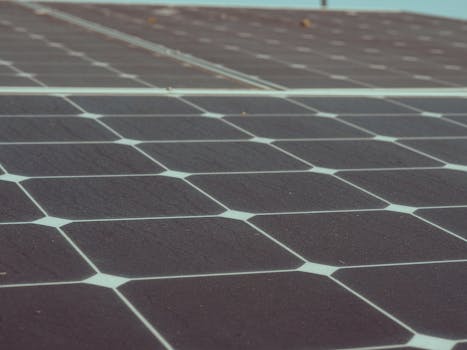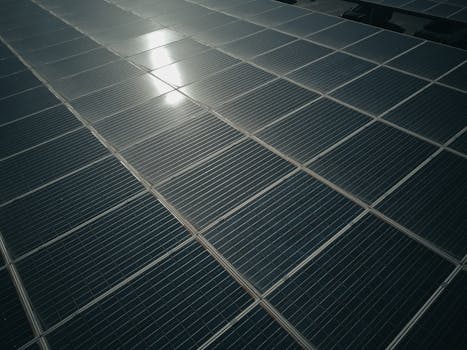
Sustainable Living: Emerging Trends for 2025
Sustainable living is becoming increasingly important as the world grapples with climate change, pollution, and waste management. As we move into 2025, several emerging trends are expected to shape the sustainable living landscape. Sustainable living is no longer just a niche concept, but a mainstream movement that is gaining momentum globally.
Section 1: Introduction to Sustainable Living

Sustainable living refers to the practice of reducing one’s environmental impact by making conscious choices in daily life. This can include using public transport, carpooling, or driving electric or hybrid vehicles, reducing energy consumption, using eco-friendly products, and reducing waste. Sustainable living is not just about saving the planet; it’s also about improving our health, well-being, and quality of life.
Section 2: Emerging Trends in Sustainable Living

Several emerging trends are expected to shape the sustainable living landscape in 2025. Some of these trends include:
- Renaissance of renewable energy: Renewable energy sources like solar, wind, and hydroelectric power are becoming increasingly cost-competitive with fossil fuels, making them a viable option for homes and businesses.
- Eco-friendly products: Eco-friendly products, such as reusable bags, beeswax wraps, and stainless steel water bottles, are becoming increasingly popular as consumers become more aware of the environmental impact of single-use plastics.
- Sustainable fashion: Sustainable fashion is on the rise, with consumers opting for second-hand clothing, renting clothes, or buying from sustainable fashion brands that use eco-friendly materials and production methods.
- Zero-waste living: Zero-waste living is a growing trend, with individuals and families aiming to reduce their waste output to almost zero by avoiding single-use plastics, composting food waste, and repurposing or recycling materials.
Section 3: Benefits of Sustainable Living

The benefits of sustainable living are numerous. Some of the most significant advantages include:
- Reduced environmental impact: Sustainable living can significantly reduce our environmental impact, from reducing greenhouse gas emissions to conserving natural resources.
- Improved health and well-being: Sustainable living can also improve our health and well-being by reducing exposure to toxic chemicals, improving air and water quality, and promoting healthy eating and exercise habits.
- Cost savings: Sustainable living can also save us money in the long run, from reducing energy consumption to avoiding the costs associated with disposable products.
- Increased food security: Sustainable living can also increase food security by promoting local and sustainable food systems, reducing reliance on industrial agriculture, and conserving water and soil resources.
Section 4: Conclusion and Call to Action

In conclusion, sustainable living is no longer just a niche concept, but a mainstream movement that is gaining momentum globally. As we move into 2025, it’s essential to stay informed about the emerging trends and benefits of sustainable living. By making conscious choices in our daily lives, we can reduce our environmental impact, improve our health and well-being, and contribute to a more sustainable future.
So, what can you do to start living more sustainably? Start by making small changes in your daily life, such as using public transport, reducing energy consumption, or using eco-friendly products. You can also support sustainable fashion brands, buy second-hand clothing, or rent clothes. Every small action counts, and collective action can lead to significant positive change.







9 thoughts on “Sustainable Living: Emerging Trends for 2025”
Comments are closed.